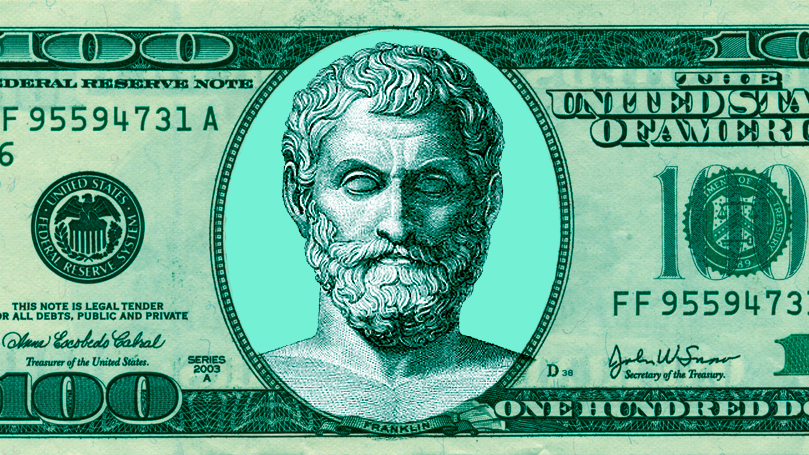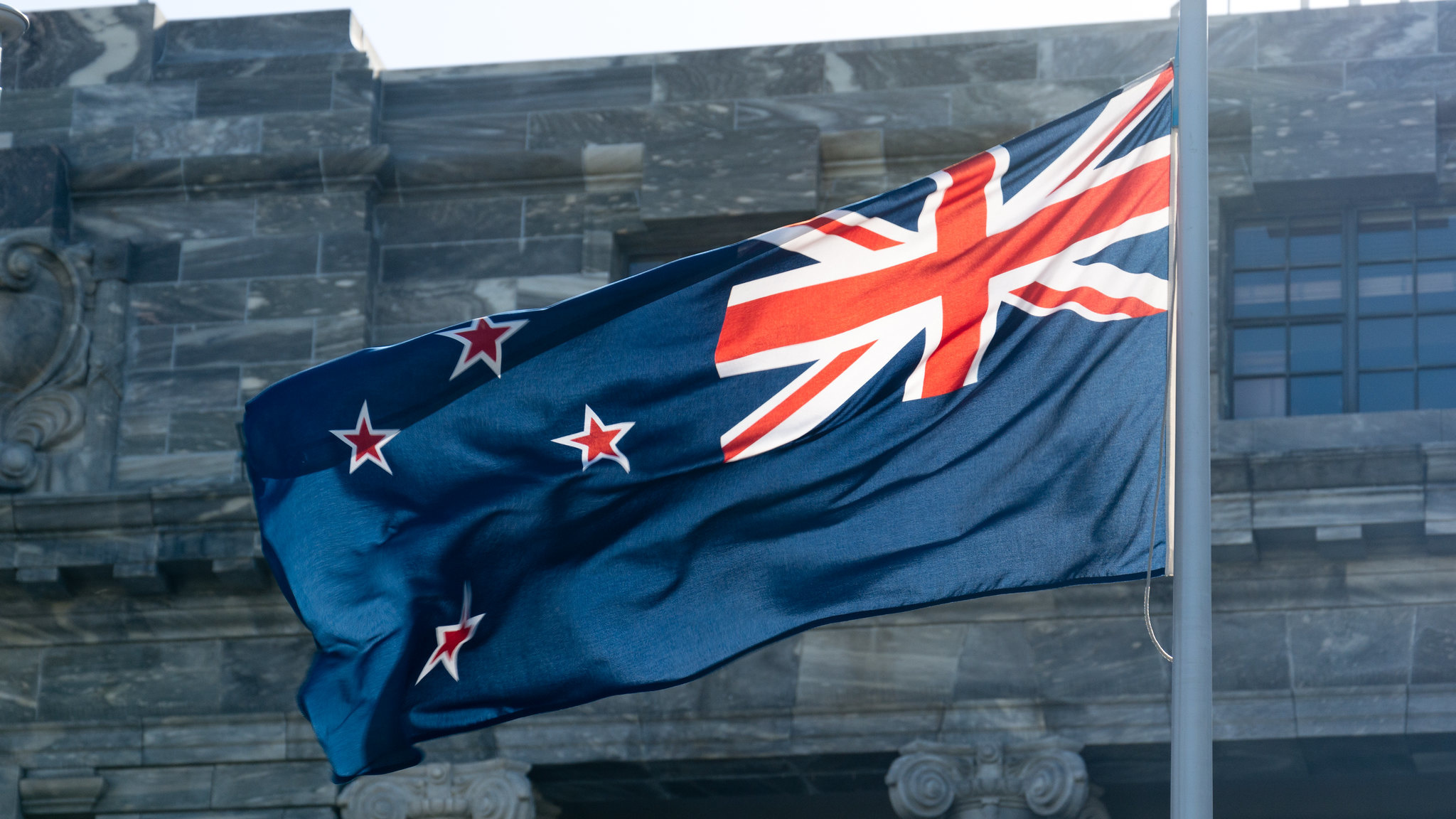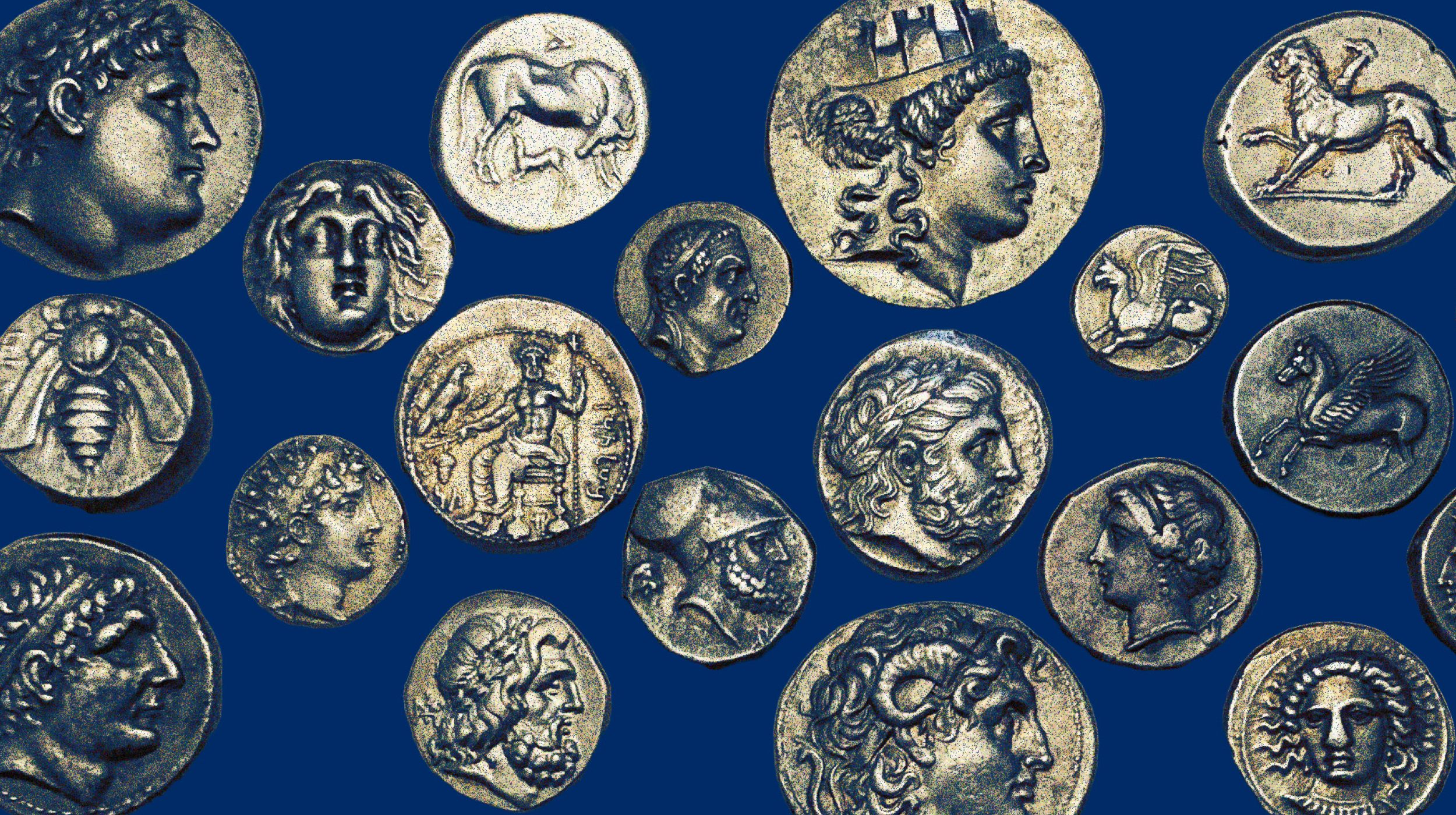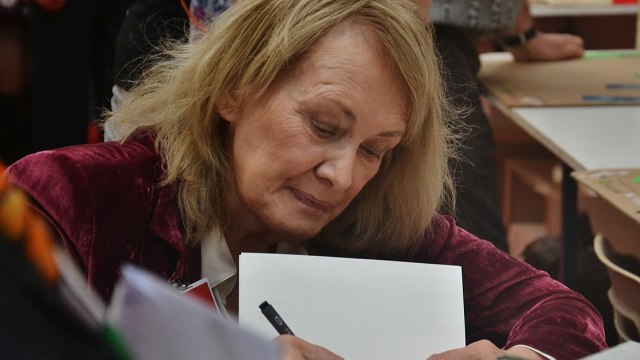How the ancient Aztecs’ “rotting currency” led civilization to metal coins
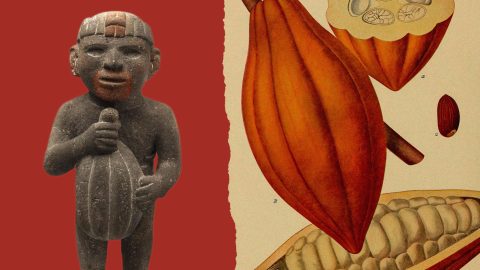
- The cacao seed was highly valued by the Maya and Aztec peoples for practical and cultural reasons.
- It eventually became an integral part of the Maya and Aztec economies.
- The seeds ultimately proved unsustainable as money, highlighting some general principles about what makes currencies practical.
Advanced societies build economies with the tools of commerce they have at their disposal. Ancient cultures tended to imbue value into precious metals, like the Anglo-Saxons did with gold and silver coins. But some cultures placed great value onto other materials.
For the Maya and Aztec peoples, one historically unique example was the cacao seed — a food that can be processed into chocolate, cacao powder, and cacao butter. These seeds became a prominent tool of commerce in Mesoamerican societies starting as early as the 7th century.
But did they technically use the cacao seed as money? For an object to be considered money, it generally must serve four critical functions. It must act as a store of value, a measure or unit of account to determine prices, a medium of exchange, and a means of debt repayment. When an object serves these functions, it can hold perceived value and become a crucial component of an economy.
Scholars generally agree that cacao seeds were used as a form of currency in Mesoamerica. More specifically, the seeds were used as a form of commodity money, which, unlike fiat currency, is money that holds intrinsic value, such as salt, metals, and textiles. But understanding how that came to be requires understanding why these unique seeds were so important to Aztec and Maya cultures.
The rise of cacao seeds as money in Mesoamerica
The Aztecs believed cacao seeds were a gift from Quetzalcoatl, the god of wisdom. To them, the seeds were a sacred commodity that possessed magical powers, including the ability to function as something like an aphrodisiac. (The claim that chocolate is an aphrodisiac has been repeated in recent years, though scientific studies don’t seem to support it.)
Archaeological evidence suggests that the cultivation of cacao trees in Mesoamerica dates back to at least 1900 B.C. However, the transition from cultivating the crop to using its seeds as currency didn’t happen overnight.
Mesoamericans likely first grew cacao trees to make an alcoholic drink from the fermented pulp of the cacao fruit. The drink was a luxurious treat for elites across the region and a fixture at important occasions like weddings.
The desirability of this beverage may have contributed to the rise of cacao as a form of money, as Joanne P. Barron notes in her journal article Making Money in Mesoamerica. By the end of the 7th century, the sought-after seed could be used for everything from paying tributes to making purchases at the marketplace.
The useful properties of cacao seeds helped them become a medium of exchange. Plump seeds, which could create a superior beverage, seem to have been more valuable than small or shriveled seeds. Ironically, this meant that the larger, more valuable seeds were typically used as currency, while only the smaller seeds were used to make drinks.
Over time, the cacao seed solidified its place of importance in the Mesoamerican marketplace. When the Spanish made contact in 1519, the people of Mesoamerica commonly used cacao to buy items in marketplaces, pay for labor, and gamble. In the 1570s, Garcia de Palacio, a Spanish official, shed light on how cacao could be converted into Spanish currency. According to de Palacio, 200 cacao beans were worth one Spanish real, which contained around 26 grams of silver. In today’s dollars, that means 200 cacao seeds were worth about $16.
The power of cacao
The cacao tree is relatively sensitive and requires high temperatures, heavy humidity, regular rain, protection from the sun, and deep alluvial soils found in river valleys. In fact, only certain areas of Mesoamerica had a chance of successfully cultivating cacao trees on a large scale. Tabasco and Southern Belize served as major production sites for the crop.
The growing importance of cacao in regional economies led to power struggles across Mesoamerica. Eventually, war broke out in the early 7th century in a competition for dominance over the Tabasco region between three polities: Piedras Negras, Palenque, and Calakmul.
When Calakmul, one of the largest cities in the region with an influential ruling class, gained control over the Tabasco region, they secured a regular supply of cacao. This in turn allowed for more trade and prosperity for the city.
Other ruling parties in the region collected cacao seeds as tribute. For example, the Texcoco ruler accepted 11 million cacao seeds as tribute each year. After consuming just two million of these seeds, the remaining nine million could be used to obtain other amenities for the palace.
The fall of cacao seeds as money
Although cacao seeds held cultural, nutritional, and economic benefits for the Maya and Aztec peoples, perishability presented a problem for using the seeds as a currency over the long term.
The seeds had a typical shelf life of about a year. While this limitation might have had some benefits (preventing inflation and encouraging spending, for example), it was mainly a liability.
Perishability posed serious economic problems in times of drought. Since cacao trees are heavily reliant on regular rainfall, drought years would lead to a limited supply of seeds. (In fact, a series of droughts may have contributed to the decline of the Maya culture.)
The unpredictability of perishable goods makes them unlikely candidates for a practical currency. An item is more likely to persist as a currency if it offers durability, which allows people to save money over the long term. In addition to perishability, there’s another inherent problem in using a crop as currency: The supply is always fluctuating, making it very difficult for a government to maintain a specific supply.
Throughout cacao’s history as a component of Mesoamerican economies, other objects also became a source of monetary value. Cotton textiles were perhaps one of the most important mediums of exchange in the Mesoamerican economy, but even the more durable cotton textiles have a limited shelf life.
Aztec society eventually began to transition from using perishable goods as a form of money to using coins. Around 1500, Aztec hoe or axe money — a coin-sized piece of copper with a unique shape similar to that of a hammerhead shark — became a standardized form of unstamped currency, with a single copper hoe eventually holding the value of 8,000 cacao seeds.
The Mesoamerican use of cacao seeds as currency was one of the more interesting experiments in the history of commodity money. While the seeds served a useful function in Mesoamerican economies for centuries, they also highlighted some of the common problems with using commodities as money, such as deterioration, varying quality, indivisibility, and the difficulty of controlling supply.
